In the event you’ve ever completed a high-intensity exercise and felt your coronary heart price and respiration keep elevated for some time afterward, you’ve skilled EPOC—the afterburn impact. Brief for extra post-exercise oxygen consumption, EPOC refers back to the elevated price of oxygen consumption your physique makes use of after train to revive itself to its pre-exercise state.
However EPOC is greater than only a post-workout phenomenon. It performs a big position in calorie expenditure, fats loss, and metabolic restoration, particularly in sure forms of coaching like HIIT and resistance exercises. On this article, we’ll discover what EPOC is, the way it works, why it issues, and easy methods to practice in ways in which maximize its advantages.
What Is EPOC (Extra Submit-Train Oxygen Consumption)?
EPOC is the quantity of further oxygen your physique consumes after intense train to gasoline the restoration course of. The physique engages a number of energy-consuming processes throughout restoration:
- Replenishment of ATP and creatine phosphate shops
- Resynthesis of muscle glycogen
- Lactate elimination and conversion (Cori cycle)
- Restoration of hemoglobin and myoglobin oxygen ranges
- Thermoregulation (cooling the physique down)
- Elevated hormone exercise (catecholamines, cortisol, GH)
- Restore of muscle tissue and adaptation
Every of those requires oxygen, contributing to elevated post-exercise metabolism. Primarily, EPOC displays the further vitality your physique makes use of after train to return to homeostasis. Throughout this restoration interval, your metabolism stays elevated, and your physique continues to burn energy—even whereas at relaxation.
You could acknowledge the afterburn impact if, after your exercise:
- Your coronary heart and respiration charges keep elevated
- You proceed to sweat or really feel sizzling
- Your machine reveals the next whole calorie burn
- You’re feeling extra fatigued or stimulated post-training
These indicators replicate that your physique is nonetheless working to recuperate, and that you simply’re reaping the metabolic rewards of a sensible, intense session.
Excessive ranges of EPOC require very intense or extended train, which is probably not possible for most individuals, particularly newcomers or non-athletes.
Why Does EPOC Matter?
1. Will increase Whole Caloric Burn
EPOC extends your vitality expenditure past the length of the exercise, which reinforces general calorie burn. The depth and length of your exercise strongly affect the magnitude and size of the EPOC impact.
Research present EPOC can enhance resting vitality expenditure for as much as 38 hours after a high-intensity heavy resistance session (Mark D. Schuenke. et al.).
2. Helps Fats Loss
Whereas the calorie burn through the exercise is vital, the post-exercise metabolism increase from EPOC can contribute meaningfully to fats loss—particularly when mixed with resistance coaching or interval cardio.
3. Enhances Restoration
The physique makes use of this oxygen-intensive state to:
- Restore ATP and phosphocreatine
- Restore broken muscle fibers
- Rebalance hormones like cortisol and development hormone
These processes are important for coaching adaptation and muscle development.
What Influences the EPOC Impact?
| Issue | Impact on EPOC |
|---|---|
| Train depth | Greater depth = better EPOC |
| Train length | Longer length = extra oxygen demand |
| Kind of coaching | Resistance coaching and HIIT produce increased EPOC than steady-state cardio |
| Coaching expertise | Educated people might recuperate quicker and expertise a barely decreased EPOC over time |
Coaching Strategies That Maximize EPOC
1. Excessive-Depth Interval Coaching (HIIT)
HIIT includes alternating bursts of intense effort with restoration durations. This creates a big metabolic disturbance, requiring extra vitality post-exercise to revive physiological steadiness.
Protocol Instance:
- 30 seconds dash / 90 seconds stroll × 8–10 rounds
- Whole length: 20–25 minutes
- Depth: ≥85% max coronary heart price (or ≥90% VO₂max)
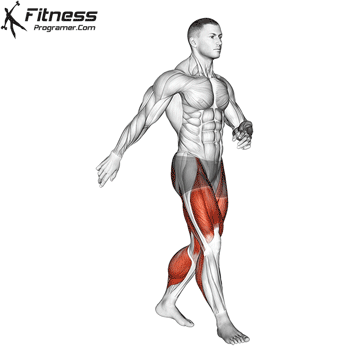
2. Dash Interval Coaching (SIT)
SIT pushes the physique above 100% VO₂max for very quick durations, inflicting better oxygen debt and muscle disruption.
Protocol Instance:
- 6–8 × 30-second “all-out” sprints (e.g., cycle ergometer or hill sprints)
- 3–4 minutes passive restoration between bouts
3. Heavy Resistance Coaching
A number of compound lifts utilizing excessive masses trigger important muscle fiber recruitment, ATP depletion, and hormonal response—all contributing to EPOC.
Finest Practices:
- Use multi-joint lifts (e.g., squats, deadlifts, rows, bench press)
- Load: 70–85% of 1RM
- Quantity: 3–5 units × 8–12 reps
- Brief relaxation durations (45–60 seconds) enhance the metabolic price

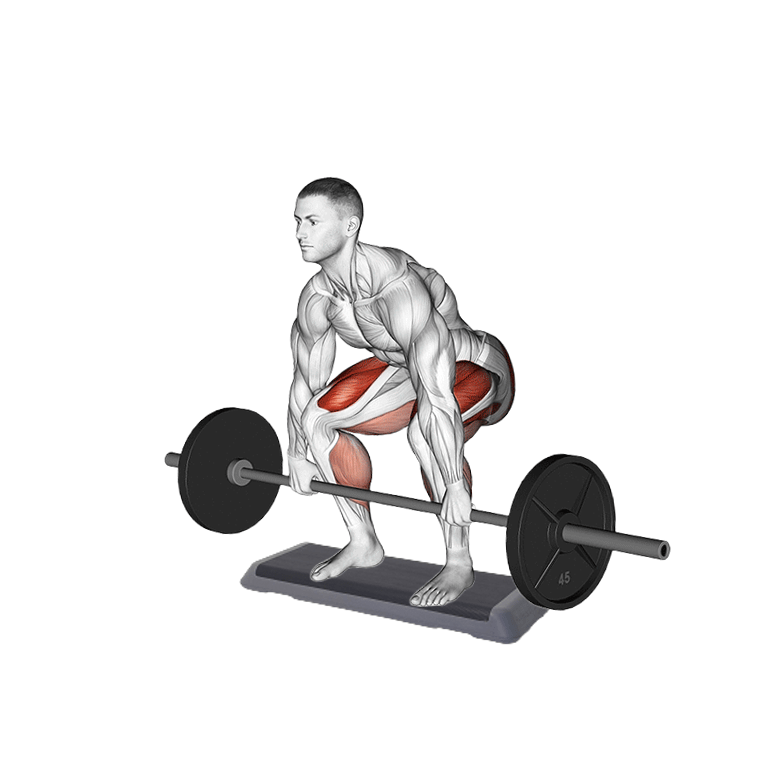
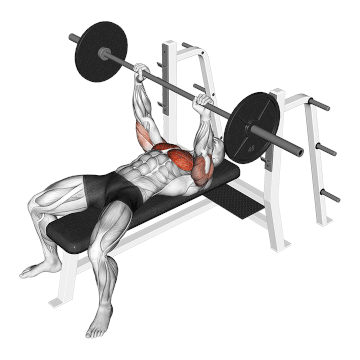
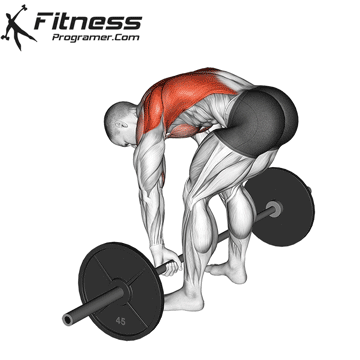
4. Circuit Resistance Coaching
Combines power and cardiovascular parts with minimal relaxation between workouts, sustaining elevated coronary heart price all through the session.
Protocol Instance:
- 4–6 workouts in a circuit (e.g., push-ups, lunges, rows, kettlebell swings)
- 30–60 seconds per station with <30 seconds relaxation
- Repeat for 3–5 rounds

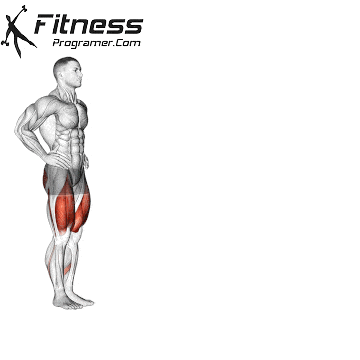

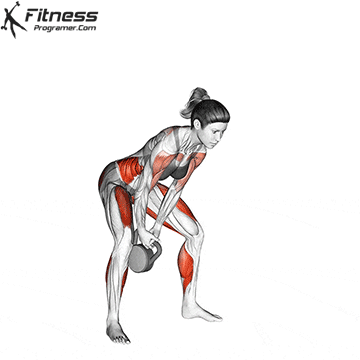
5. Mixed Endurance & Resistance Coaching (Concurrent Coaching)
Doing each cardio and resistance coaching in a single session will increase general vitality price and post-exercise metabolic demand.
Instance Session:
- 20 minutes of moderate-to-high-intensity resistance work
- Adopted by 20 minutes of intervals or steady-state cardio at ≥70% VO₂max
6. Tabata Coaching
A extremely intense type of HIIT with extraordinarily quick work-rest ratios, Tabata produces massive oxygen deficits in a short while.
Protocol Instance:
- 8 rounds of 20 seconds max effort / 10 seconds relaxation
- Whole: 4 minutes per train (e.g., squat jumps, burpees, mountain climbers)
How Lengthy Does EPOC Final?
Trendy analysis suggests:
- Reasonable-intensity train: EPOC might final 1–3 hours
- Submaximal cardio train (≥70% VO₂max for ≥50 minutes): EPOC might final 3–12 hours, particularly in educated people.
- Supramaximal efforts (e.g., ≥105% VO₂max or high-intensity intervals): Can elevate metabolism for 12–24 hours, although calorie burn stays modest.
- Heavy resistance coaching or HIIT: Could produce EPOC lasting as much as 16–38 hours, relying on coaching quantity and depth.
Caloric Impression of EPOC
Even with extended EPOC durations, research present it solely accounts for 6–15% of the overall vitality price of the train.
Right here’s what the literature reveals:
- Typical EPOC calorie burn:
~5–50 kcal/hour post-exercise
~15–150 kcal whole relying on depth and length - For comparability: A forty five-minute reasonable run might burn 400–600 kcal, whereas EPOC provides solely 6–15% extra (24–90 kcal).
Whereas EPOC doesn’t account for lots of of additional energy, it could actually contribute an further 6–15% of your whole session’s vitality price (Børsheim & Bahr, 2003).
Frequent Myths About EPOC
| Fantasy | Actuality |
|---|---|
| EPOC burns lots of of energy after each exercise | Most EPOC responses vary from 50–200 kcal, relying on coaching kind. |
| Solely cardio triggers EPOC | Resistance coaching can generate equal or better EPOC than cardio. |
| You have to really feel exhausted for EPOC | Depth issues, however good programming can elicit EPOC with out burnout. |
Who Advantages Most from EPOC-Centered Coaching?
- Fats loss shoppers looking for metabolic benefits
- Busy professionals on the lookout for quick, environment friendly exercises
- Athletes and tactical populations aiming to enhance work capability and restoration
- Normal health shoppers wanting to enhance physique composition
Conclusion
EPOC, or extra post-exercise oxygen consumption, is a strong metabolic phenomenon that helps your physique burn energy and recuperate lengthy after your exercise ends. By coaching with depth—by means of resistance coaching, HIIT, or metabolic circuits—you may maximize this impact to assist fats loss, efficiency, and restoration.
Understanding EPOC permits you to practice smarter, not simply tougher. Use it as a instrument in your health programming to construct extra environment friendly, efficient, and sustainable outcomes.
References
- Schuenke, Mark; Mikat, Richard; McBride, Jeffrey (2002). “Impact of an acute interval of resistance train on extra post-exercise oxygen consumption: Implications for physique mass administration”. European Journal of Utilized Physiology. 86 (5): PMID 11882927.
- LaForgia J, Withers RT, Gore CJ. Results of train depth and length on the surplus post-exercise oxygen consumption. J Sports activities Sci. 2006;24(12):1247–1264. https://doi.org/10.1080/02640410600552064
- Børsheim E, Bahr R. Impact of train depth, length and mode on post-exercise oxygen consumption. Sports activities Med. 2003;33(14):1037–1060. https://doi.org/10.2165/00007256-200333140-00002
- Hackney KJ, Engels HJ, Gretebeck RJ. Resting vitality expenditure and delayed-onset muscle soreness after full-body resistance coaching with an eccentric focus. J Energy Cond Res. 2008;22(5):1602–1609
- American School of Sports activities Drugs. ACSM’s Tips for Train Testing and Prescription, eleventh ed.


